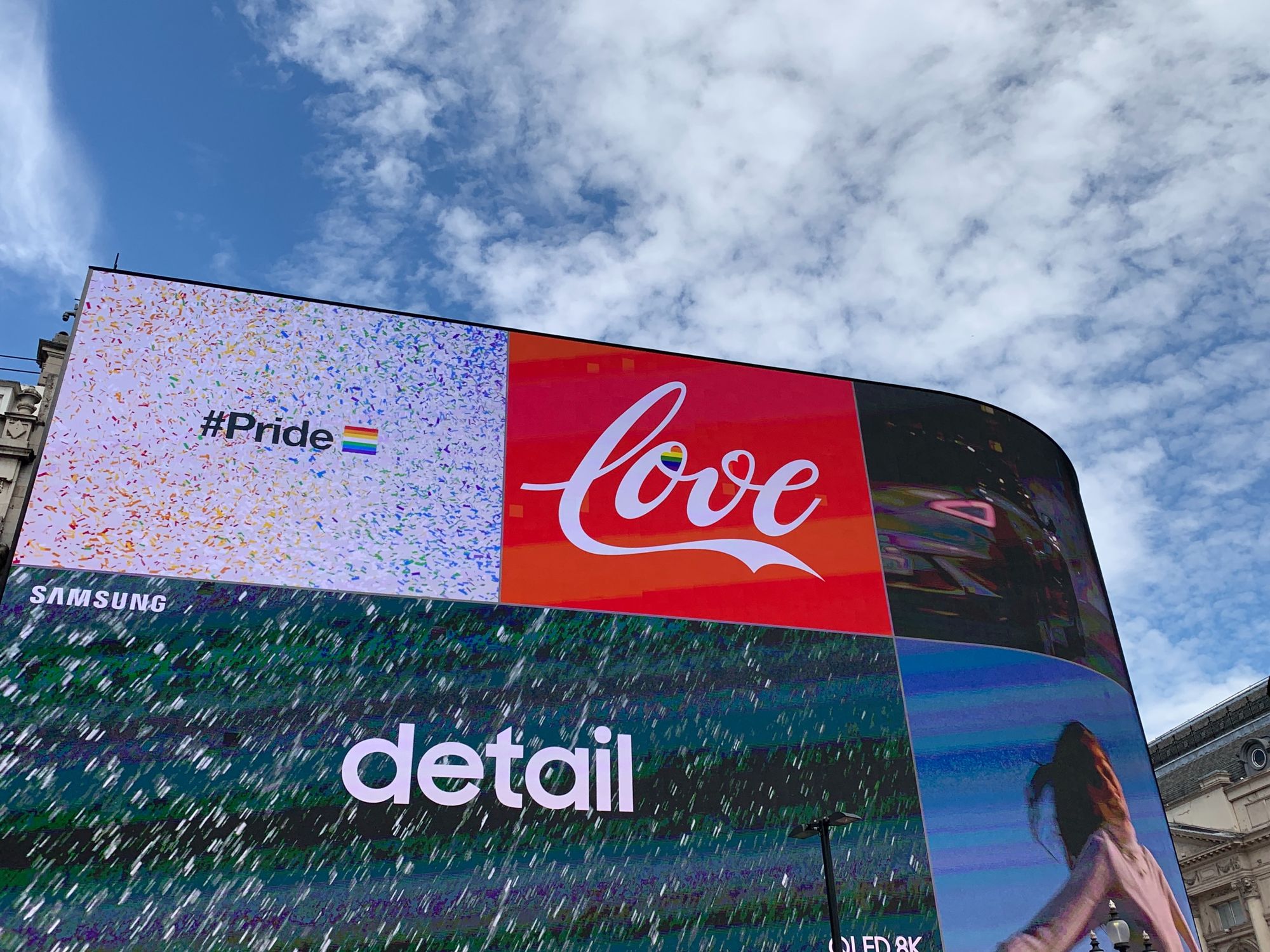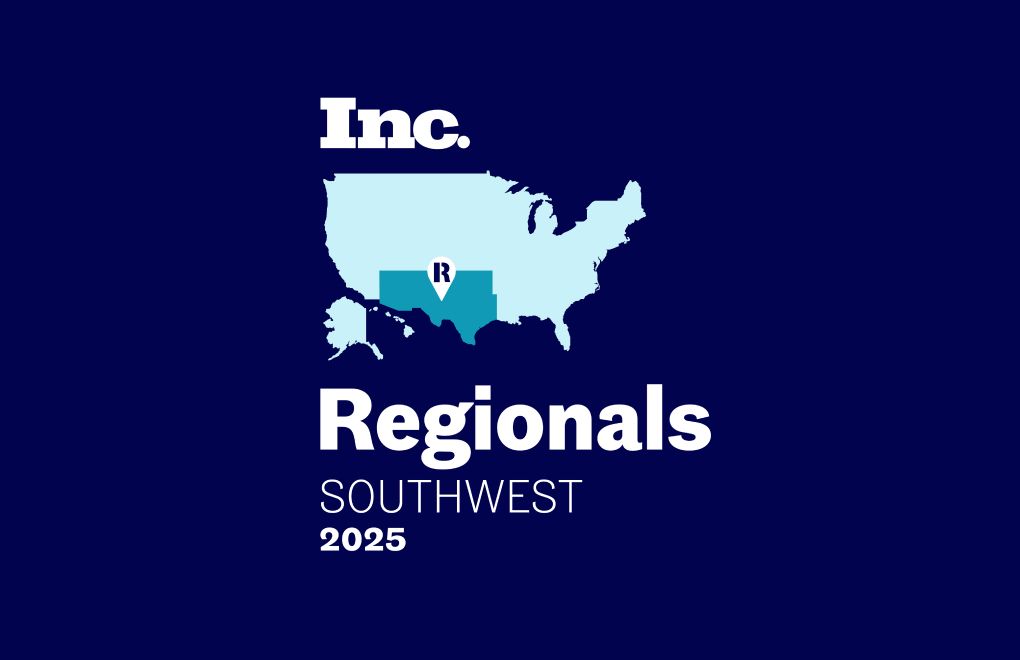So you’ve decided to start a new advertising campaign – perhaps you’re a small business celebrating the grand opening of a new location or trying to get the word out to the community. Maybe you’re a large company seeking national exposure for a product that just launched. No matter the size of your campaign, your choice of media is a crucial component of your marketing strategy.
The default assumption might be to use some form of traditional media alongside an online campaign. After all, adults spend nearly 10 hours per day [SP1] across TV, radio, Internet, newspapers and magazines, and during that time, people will be exposed to about 360 ads per day. While these statistics imply an opportunity to reach any individual person, the odds that your ad will break through the noise is quite low. For one, among those 360 ads that someone sees, only about 150 of them - just around 40% [2] - will actually be noticed; far fewer actually result in a sale.
This is called ad blindness – and it’s a serious problem for marketers everywhere. Consumers, whether subconsciously or consciously, have a tendency to block out advertisements. With TV, we often stop paying attention during commercial breaks. Assuming that users haven’t installed an ad blocker online, our eyes know to ignore the sidebars and go directly to the middle of the page. We immediately scroll past banner ads, and even on Google searches we’ll sometimes skip the first few results. Online, only 1 in 7 users remember the last ad they saw – and only 1 in 5 of those who remembered the ad thought it was relevant in the first place.[3]
The most reliable way to cut through ad blindness is to offer contextually-relevant, engaging content. That’s it – and Digital Out-of-Home (DOOH) is one of the best media for doing that. Outside of the home, people are alert and curious, constantly scanning their environment for something new and interesting – digital displays grab their attention. The Interactive Advertising Bureau has a list of case studies involving great DOOH campaigns[4] – one airline used DOOH to promote their new credit card by displaying the travel time from Times Square to a destination city. A pharmaceutical company promoting allergy medication used DOOH signage to display the pollen count for that exact location at that exact time, providing viewers with useful information personalized based on their environment. Even “basic” DOOH campaigns generate results – a denim brand wanted to raise awareness of a new product launch, and saw an 80% lift in store visits within 2 weeks of starting their 5-week, 41-venue ad campaign [5] .
What are the benefits of DOOH?
DOOH advertising’s primary benefit is how hyper-targeted it is. Unlike picking a broad geography (as you would with TV and radio), and unlike picking a psychographic (as you would with print media like magazines), you can pick individual screens to advertise on – which means you can target the exact customers you want, in the exact environment you want them in. Beyond targeting, DOOH signs can often provide you access to a captive audience. Whether it’s customers waiting to check out at the grocery store, pumping gas, or sitting in a doctor’s waiting room, DOOH displays reach consumers with few distractions. These customers are performing mundane tasks, potentially making them more open to consuming content. Finally, some DOOH advertisers (like Popspots) can not only measure precisely the number of impressions a campaign receives, it can also verify those impressions – something other media simply can’t provide.

Cutting through Ad Blindness
So DOOH advertising has a handful of powerful differentiators in the advertising world – but it’s also effective. Research indicates that DOOH can cut through ad blindness like no other media. When people are out of the home, they’re 2x more alert and likely to act. The advantage increases to 2.5x when compared to screen time at home[6] . However, not all media are created equal. Outside of the home, you still have to compete with people’s phones for attention – something that static outdoor media like billboards and signs can’t do as effectively. DOOH, on the other hand, when paired with dynamic content, is able to compete with the phones in our pockets for attention. That’s why the Return on Ad Sales (ROAS) for DOOH ads is $5.97 – 40% higher than digital search and 14% higher than print advertising[7] . DOOH’s effectiveness is the main driver behind its growth – only out-of-home is growing among the “traditional” media categories, and DOOH is leading the way, with 16% growth in 2018. [8]
[1-2] https://www.mediadynamicsinc.com/uploads/files/PR092214-Note-only-150-Ads-2mk.pdf
[4-5] https://www.iab.com/dooh-case-studies/



![[Report] In-Store Retail Media: The Key to Driving Incremental Reach for Brands](/content/images/2025/05/GTV-Incremental-Study-1.jpg)

